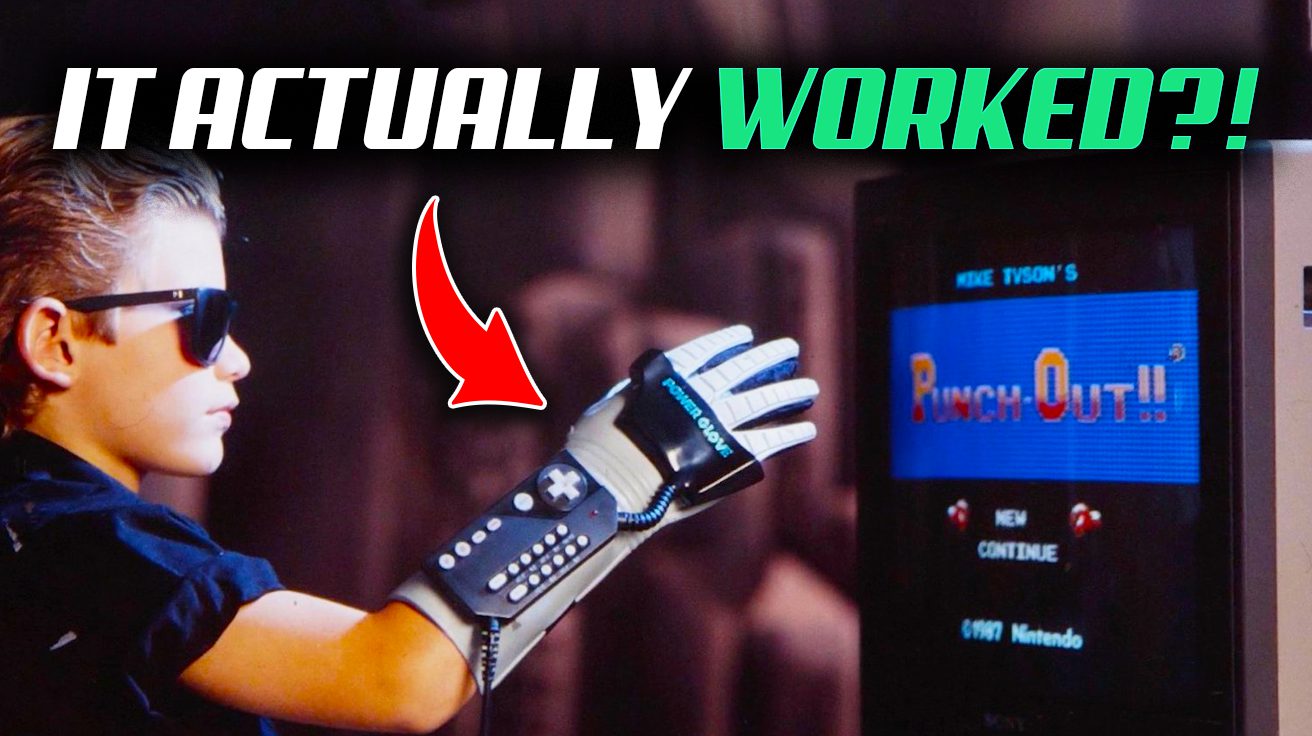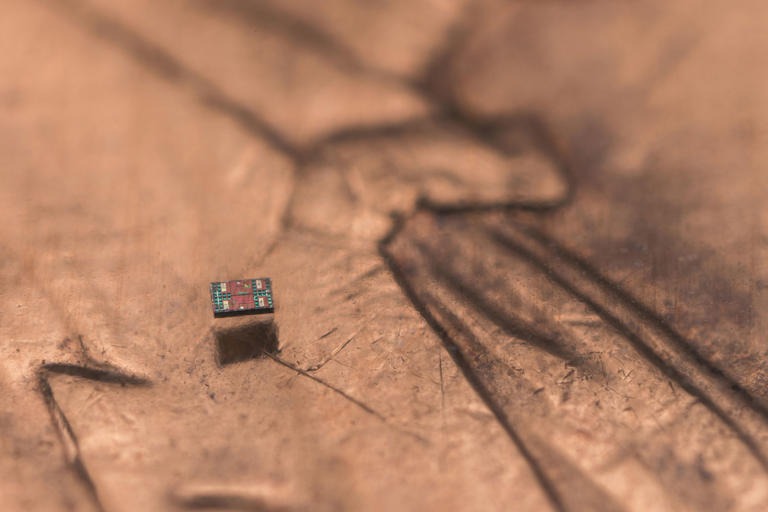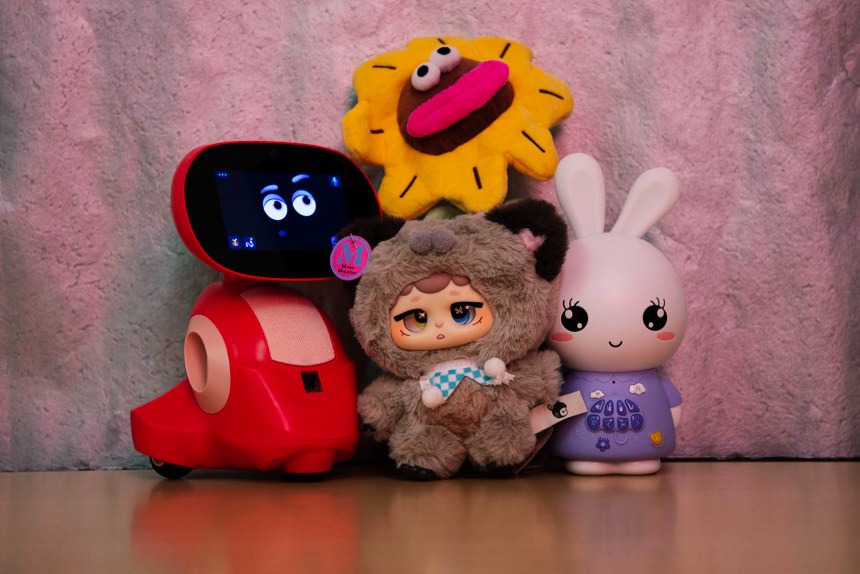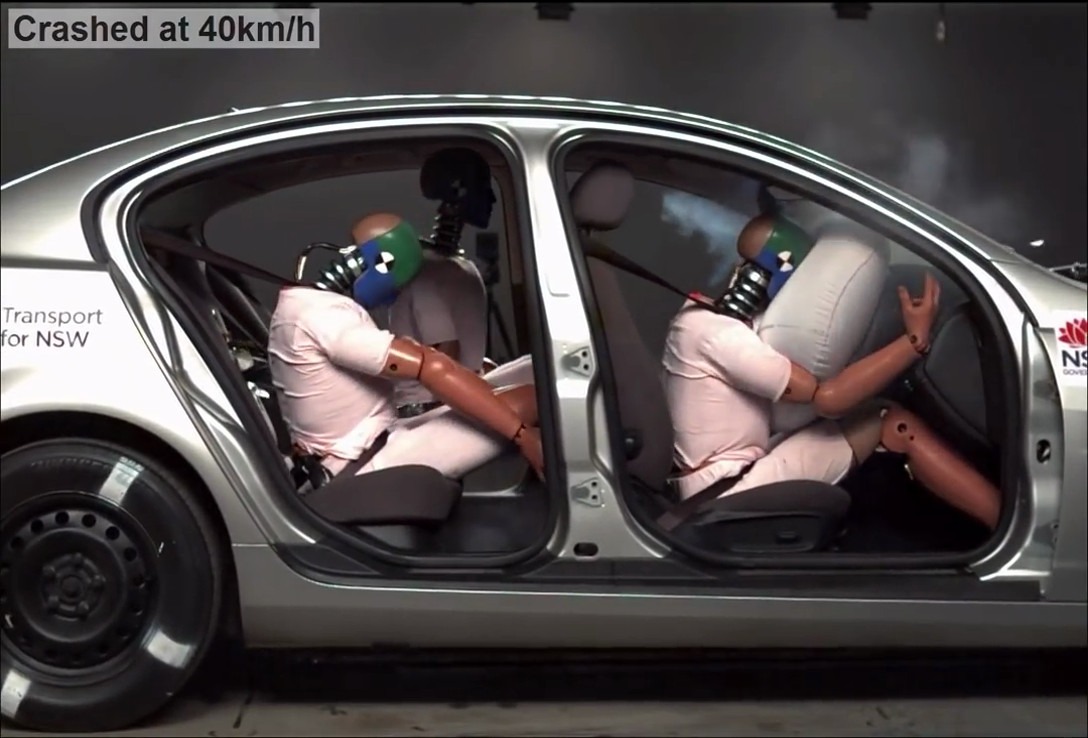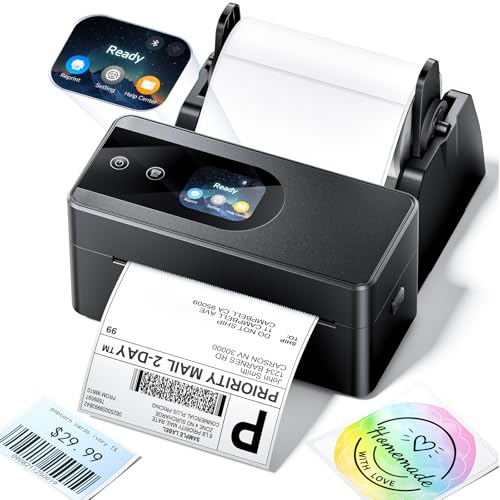The year 2024 marked the end of an era when the UK’s final phone book rolled off printing presses for the last time. That hefty yellow directory joined a graveyard of once-essential gadgets that shaped daily life for decades before vanishing into obsolescence. From corded TV remotes to robotic toy arms, these 23 forgotten devices reveal how quickly technology can go from revolutionary to relic—and how our relationship with convenience keeps evolving.
23. The Dawn of Remote Control
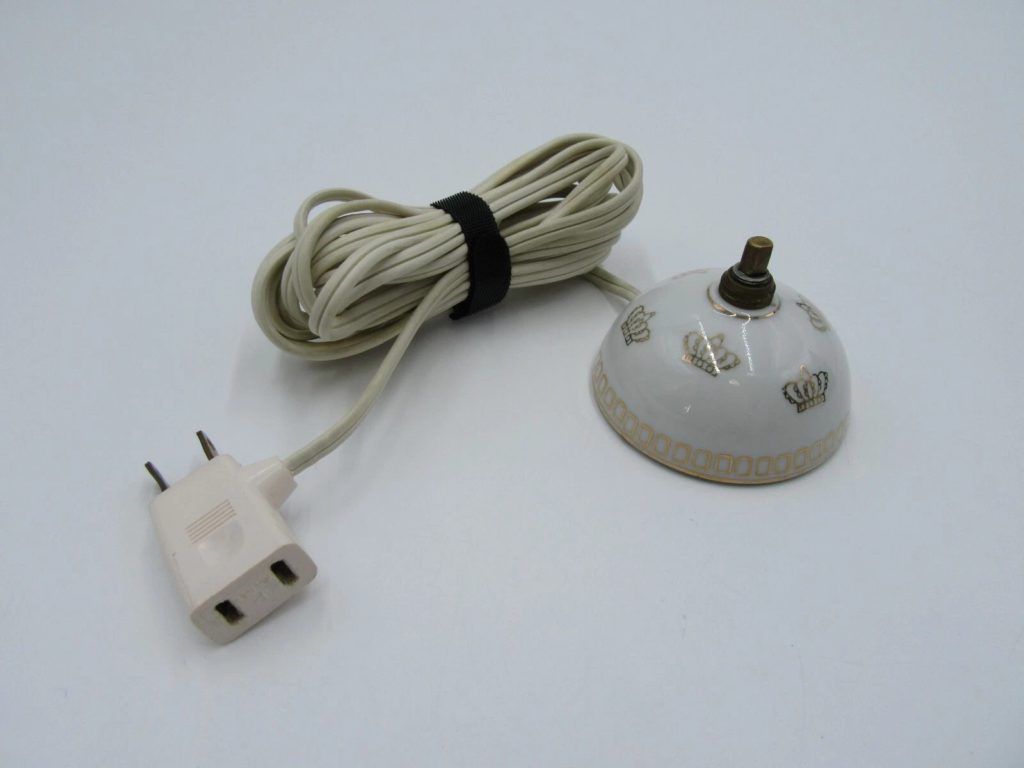
Before wireless ruled the living room, there was a cord.
Zenith’s Lazy Bones remote debuted around 1950 as the first commercial TV remote, though calling it “remote” feels generous. This corded controller tethered viewers to their sets while saving them the grueling trek across the room to change channels. The device paved the way for Zenith’s 1955 Flashmatic, which used light beams to control TVs—a wireless wonder that finally cut the cord on couch potato convenience.
22. Pocket-Sized Music Revolution
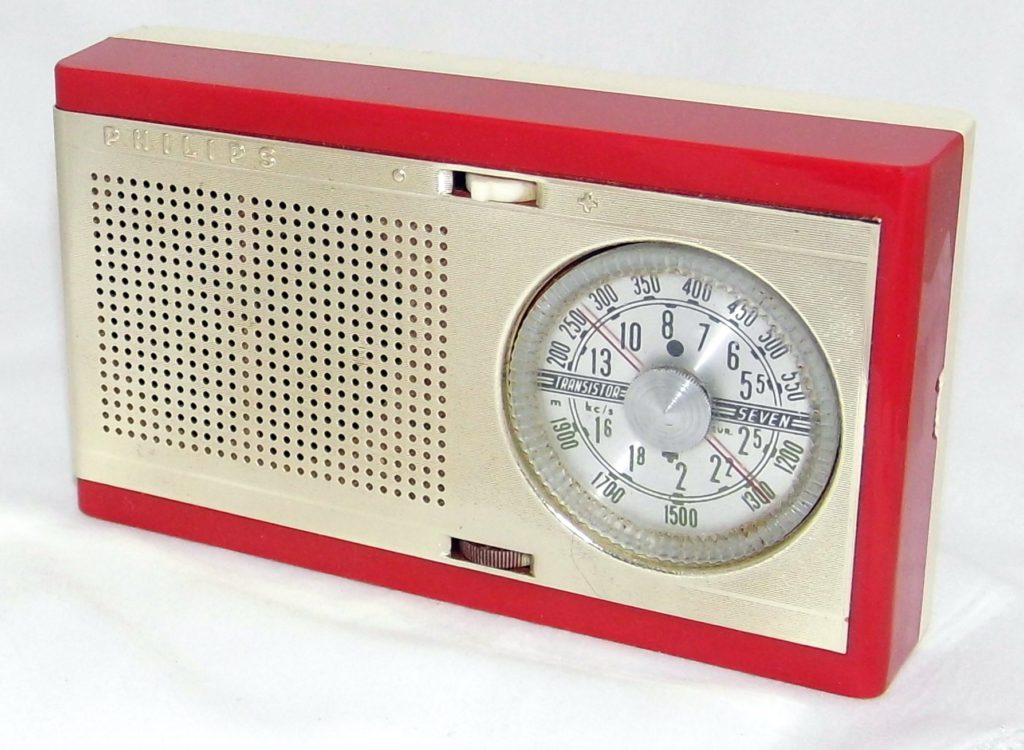
Transistor radios turned teenagers into walking jukeboxes.
The Regency TR-1 arrived in 1954 as the world’s first pocket transistor radio, instantly transforming how people consumed music. These palm-sized devices let kids carry their tunes everywhere, much to parents’ chagrin. The transistor radio fueled youth culture and gave birth to the concept of personal audio—a legacy that flows directly to today’s AirPods and Spotify playlists.
21. Nintendo’s Forgotten Robot Helper
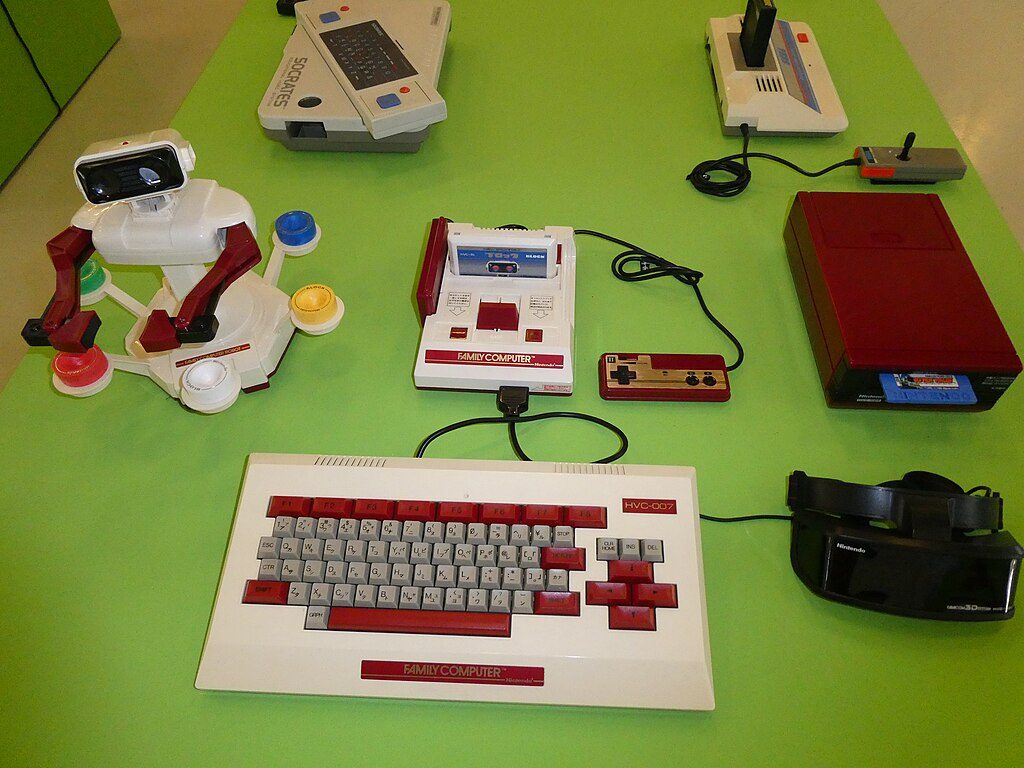
R.O.B. proved that not all gaming accessories need to make sense.
Nintendo’s Robotic Operating Buddy hit shelves in the mid-1980s as part of the company’s strategy to revive the crashed video game market. This plastic robot responded to light signals from compatible games like Stack-Up and Gyromite, moving with the speed and grace of a sedated sloth. R.O.B.’s brief run demonstrated that sometimes marketing gimmicks work better than the actual products.
20. Home Arcade Dreams
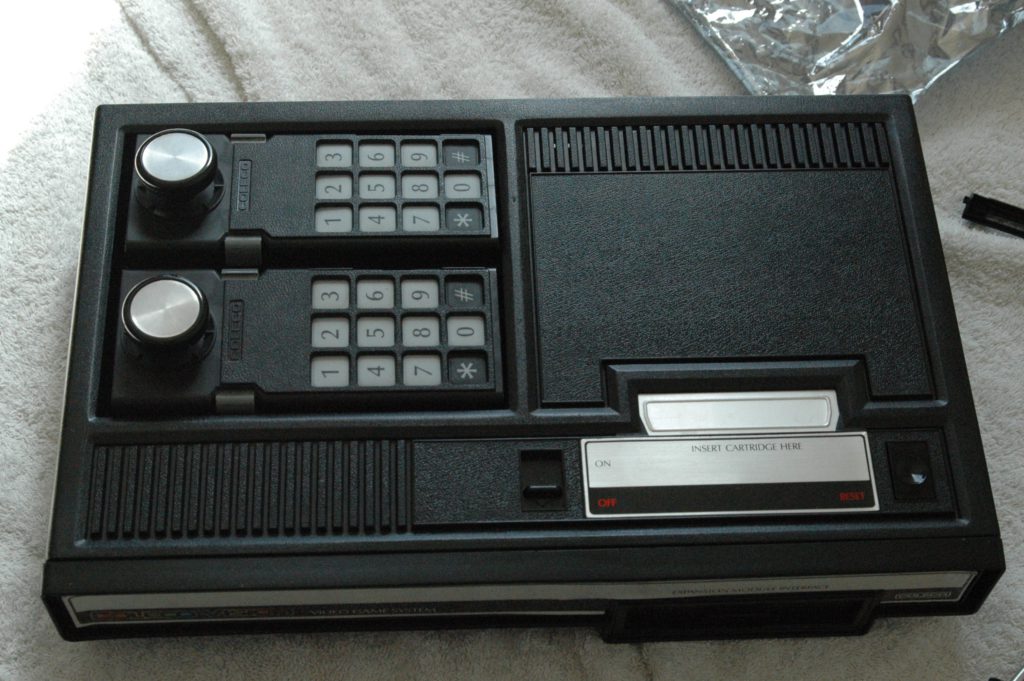
ColecoVision brought the arcade experience to suburban living rooms.
Released in 1982, ColecoVision’s modular design delivered surprisingly faithful arcade ports to home consoles. The system gained popularity until the mid-1980s gaming crash sent the entire industry into a tailspin. Interestingly, parent company Coleco also manufactured Cabbage Patch Kids, proving that success in plastic dolls doesn’t guarantee longevity in pixels and processors.
19. The Ultimate Gaming Fashion Statement
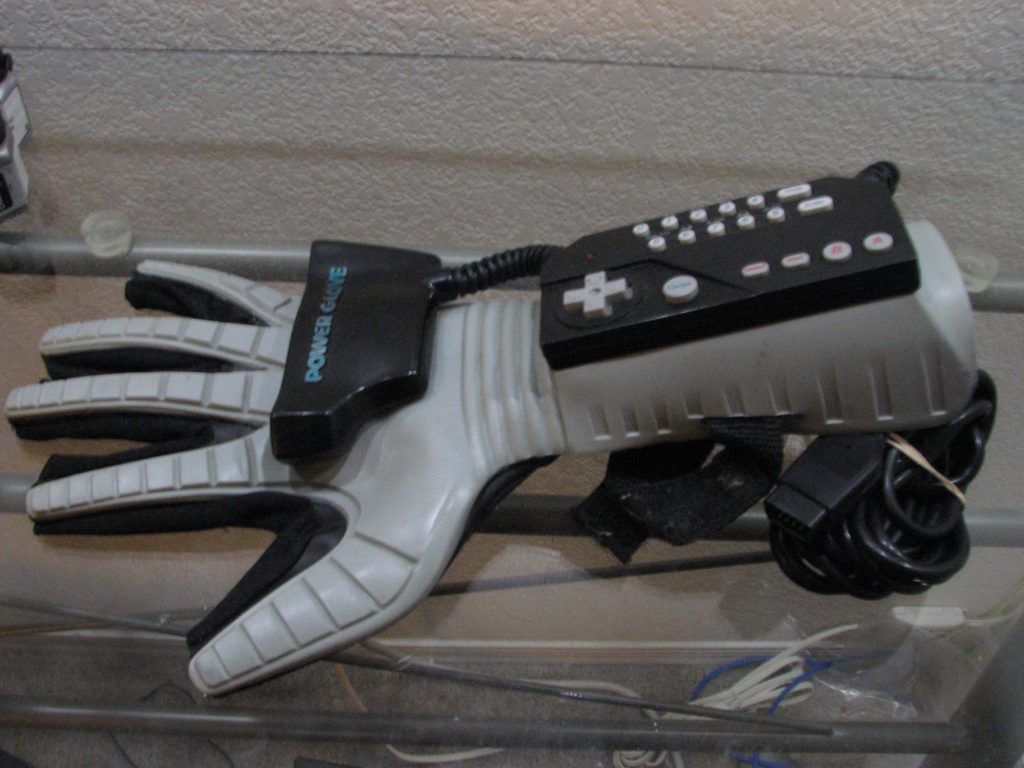
The Power Glove made everyone feel like a cyborg—until they tried using it.
Nintendo’s Power Glove launched in 1989 with all the sci-fi appeal of a wearable computer and roughly the functionality of oven mitts. Featured prominently in “The Wizard” movie, this $200 controller (adjusted for inflation) looked incredible but performed terribly. The glove remains a perfect example of how cool concepts don’t always translate to practical gaming.
18. Sound-Activated Home Automation

The Clapper turned appliances into obedient pets—when they felt like it.
Debuting in 1985, The Clapper promised hands-free control over household devices with its memorable “Clap on, clap off” jingle. This early smart home device worked reasonably well until loud noises from TV shows or passing trucks triggered unexpected light shows. The gadget symbolized 1980s optimism about automated living, even when the automation had a mind of its own.
17. Voice Notes Before Smartphones
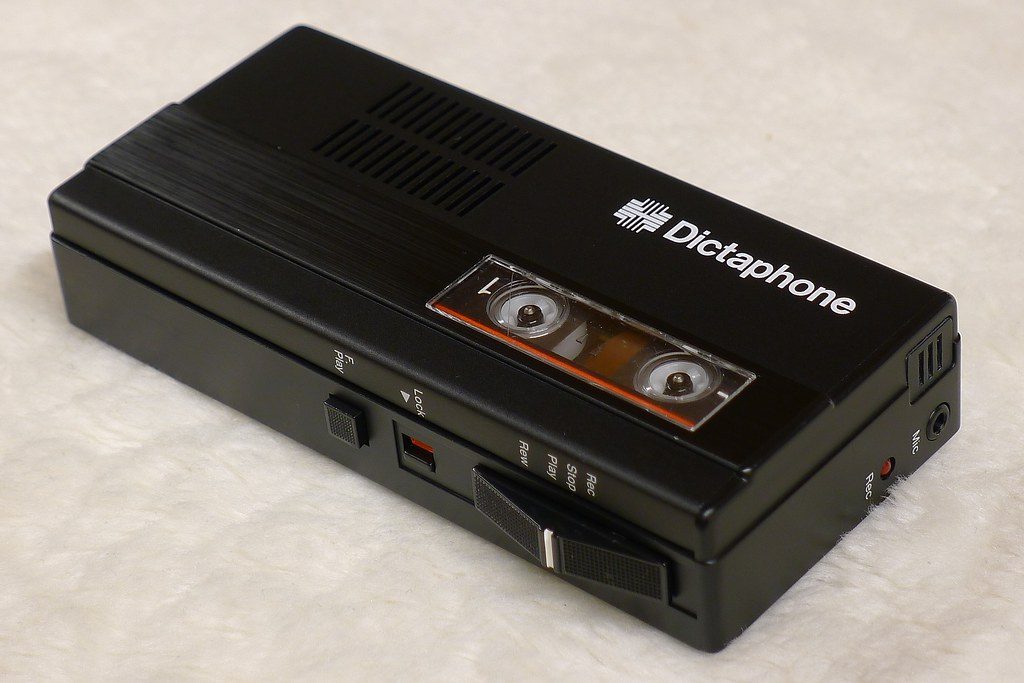
Dictation devices captured thoughts when typing wasn’t an option.
Portable dictation recorders emerged in the 1950s, allowing professionals to capture voice notes on the go. The technology traces back to Alexander Graham Bell’s company and the original Dictaphone. These devices gained pop culture fame through Twin Peaks’ Dale Cooper, whose methodical tape recordings became as iconic as his coffee obsession and cherry pie preferences.
16. The Awkward Middle Child of Car Audio
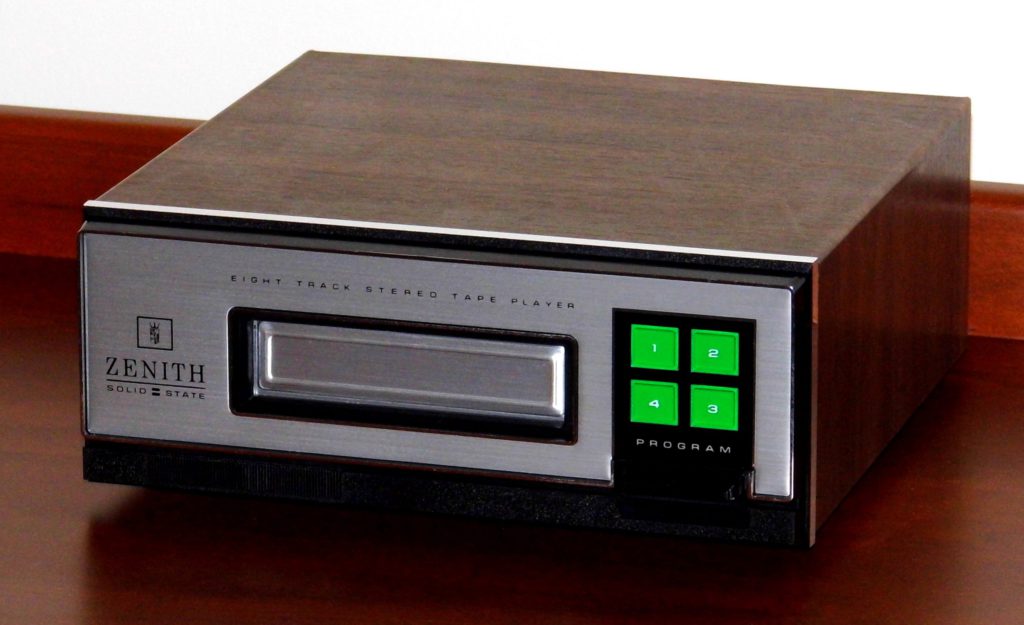
8-track players dominated dashboards despite their obvious limitations.
Popular from the 1960s through 1980s, 8-track players found their home in car stereos, particularly Ford vehicles. These cartridges couldn’t rewind and delivered lower audio quality than emerging cassette technology, but they offered the convenience of continuous play during road trips. The format faded as cassette tapes improved and car manufacturers embraced the smaller, more versatile alternative.
15. Photography’s Patient Era
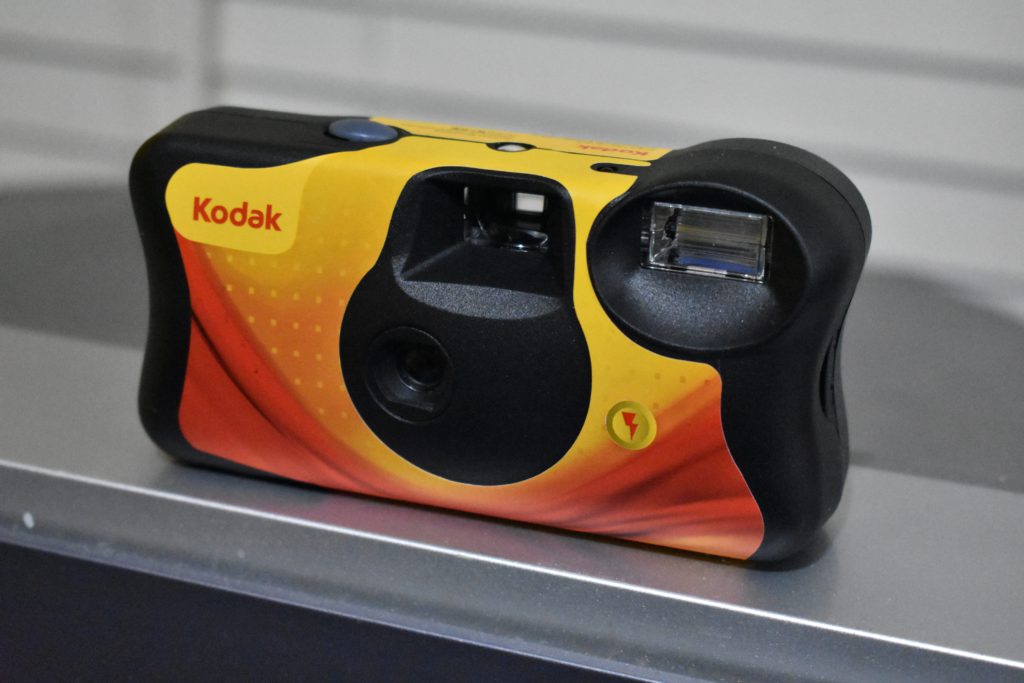
Disposable cameras taught an entire generation the art of waiting.
Before smartphones turned everyone into instant photographers, disposable cameras required patience and faith. Users snapped their shots, dropped off the entire camera for processing, and waited days to see results. This delayed gratification forced more thoughtful composition and made every photo feel precious. The cameras remain available today, mostly serving nostalgia and wedding table decorations.
14. The VHS Companion Nobody Asked For
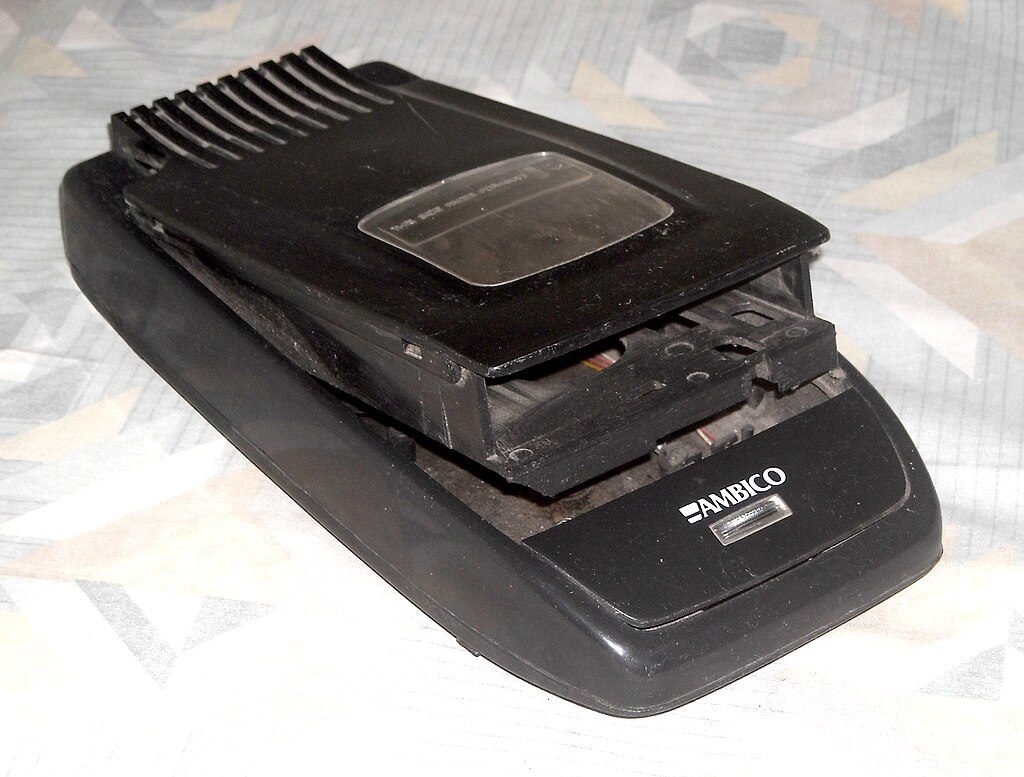
VHS rewinders saved tapes and player mechanisms from unnecessary wear.
These dedicated devices emerged to solve a very specific problem: rewinding rental tapes without stressing expensive VCR mechanisms. Some models came shaped like race cars or other novelty designs, turning a mundane task into desktop entertainment. The rewinder market vanished along with VHS tapes, leaving behind only memories of whirring motors and tiny dashboard displays.
13. Sega’s Colorful Battery Vampire
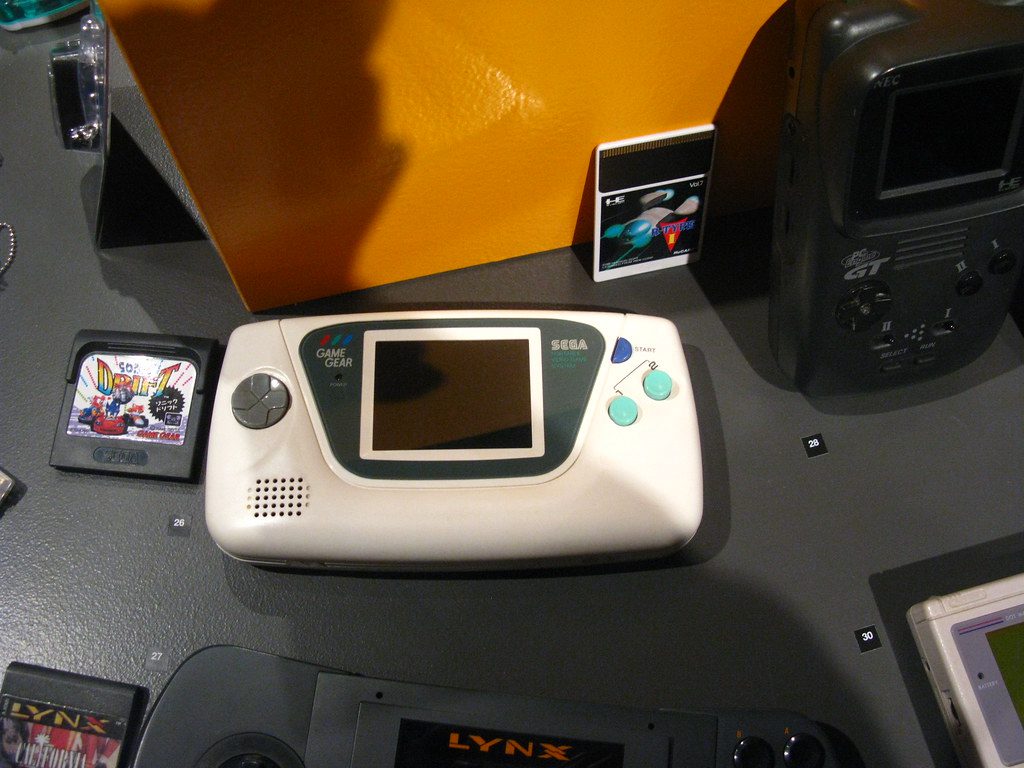
The Game Gear delivered gorgeous visuals at the cost of constant battery swaps.
Sega’s 1990 handheld console answered Nintendo’s Game Boy with full-color graphics and superior processing power. The trade-off? Six AA batteries disappeared faster than snacks at a movie theater. Despite technical superiority, the Game Gear couldn’t overcome the Game Boy’s combination of longer battery life, extensive game library, and Nintendo’s marketing muscle.
12. The Machine That Changed Home Entertainment
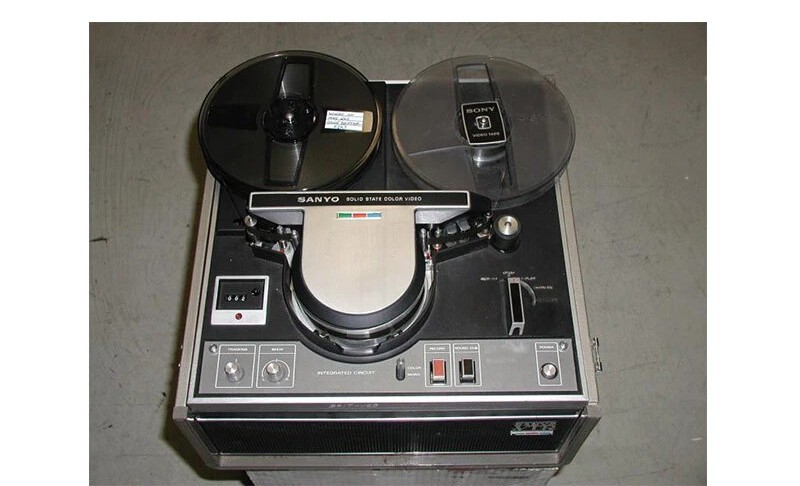
VCRs transformed living rooms into personal movie theaters.
Video Cassette Recorders revolutionized entertainment starting in the 1970s, with Sony’s CV2000 leading the charge in the 1960s. VHS ultimately dominated the competing Betamax format, giving families control over their viewing schedules for the first time. These machines introduced time-shifting, home movie recording, and rental culture before DVDs and streaming services made tape mechanisms obsolete.
11. Mobile Communication for the Elite
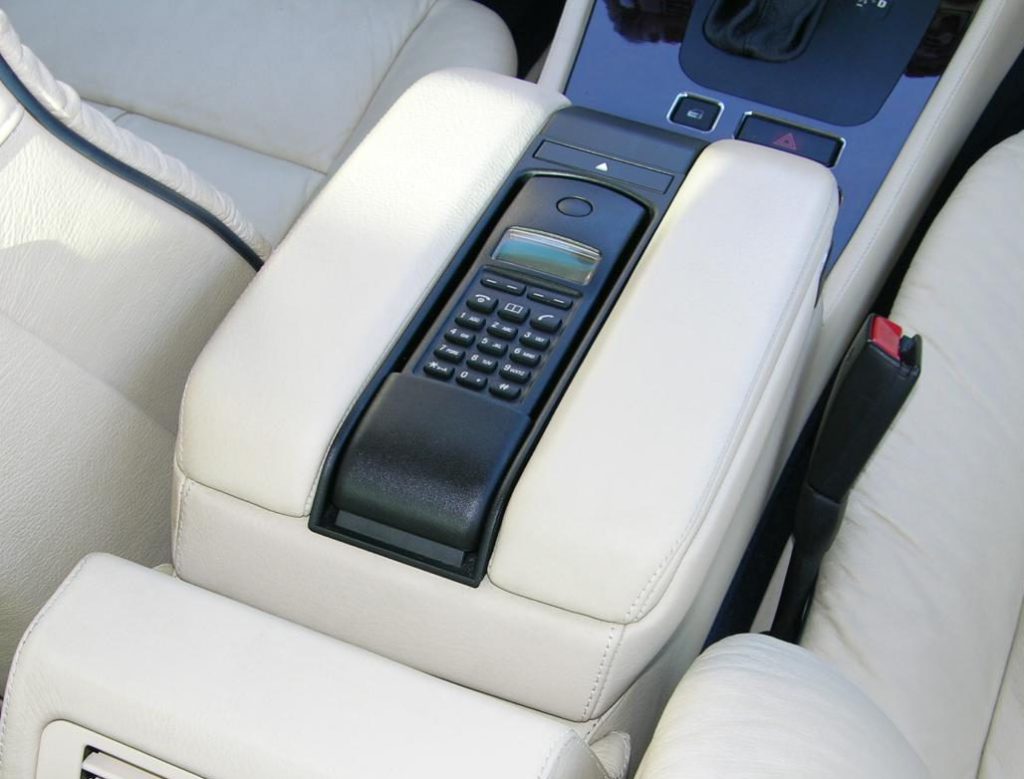
Car phones announced status as loudly as their ring tones.
Motorola pioneered in-vehicle telephony in the 1940s, but car phones became common status symbols from the 1970s through 1990s. These permanently mounted units required dedicated antennas and substantial installation costs. The advent of portable cell phones and hands-free driving laws gradually moved conversations from car-mounted handsets to wireless headsets and Bluetooth integration.
10. Television in Your Pocket
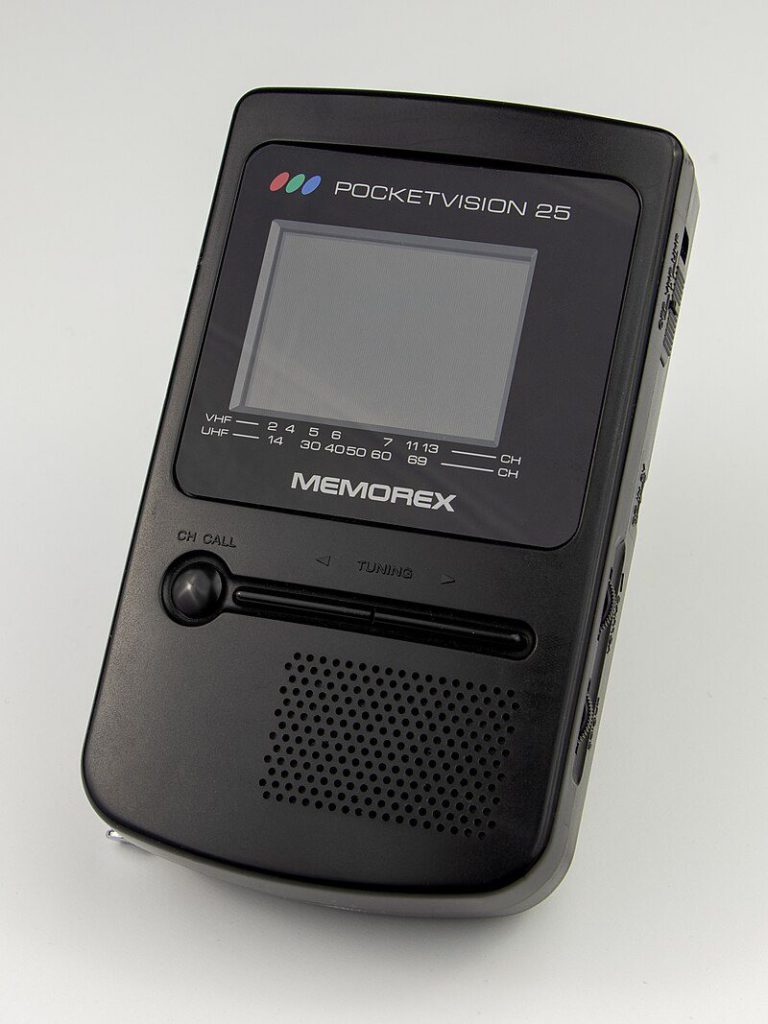
Pocket TVs promised portable entertainment decades before streaming.
Sony’s Watchman series launched in the late 1960s with tiny 2-inch screens using CRT and later LCD technology. These devices delivered broadcast television anywhere with decent reception, though watching required squinting and perfect lighting conditions. Smartphones eventually provided the portable video experience these devices promised, with better screens and unlimited content libraries.
9. The Console That Started It All
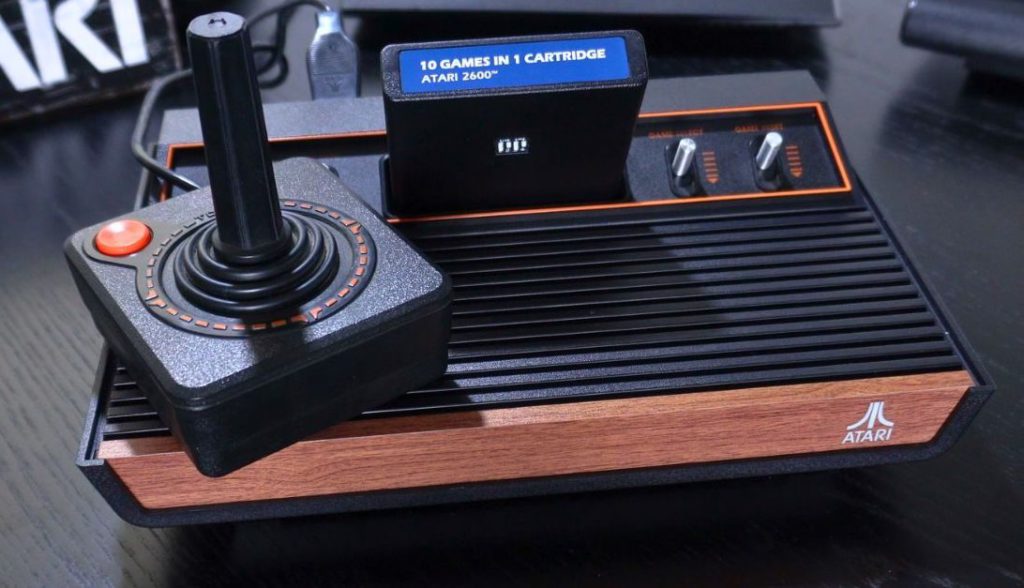
Atari 2600 brought arcade thrills into American homes.
The Atari 2600’s iconic joystick controller and affordable price point made home gaming accessible to mainstream families. This system delivered arcade classics like Space Invaders and Pac-Man to living rooms, establishing gaming as a legitimate entertainment medium. Though the early 1980s crash temporarily halted the console’s momentum, its influence shaped every gaming system that followed.
8. Road Trip Entertainment Revolution
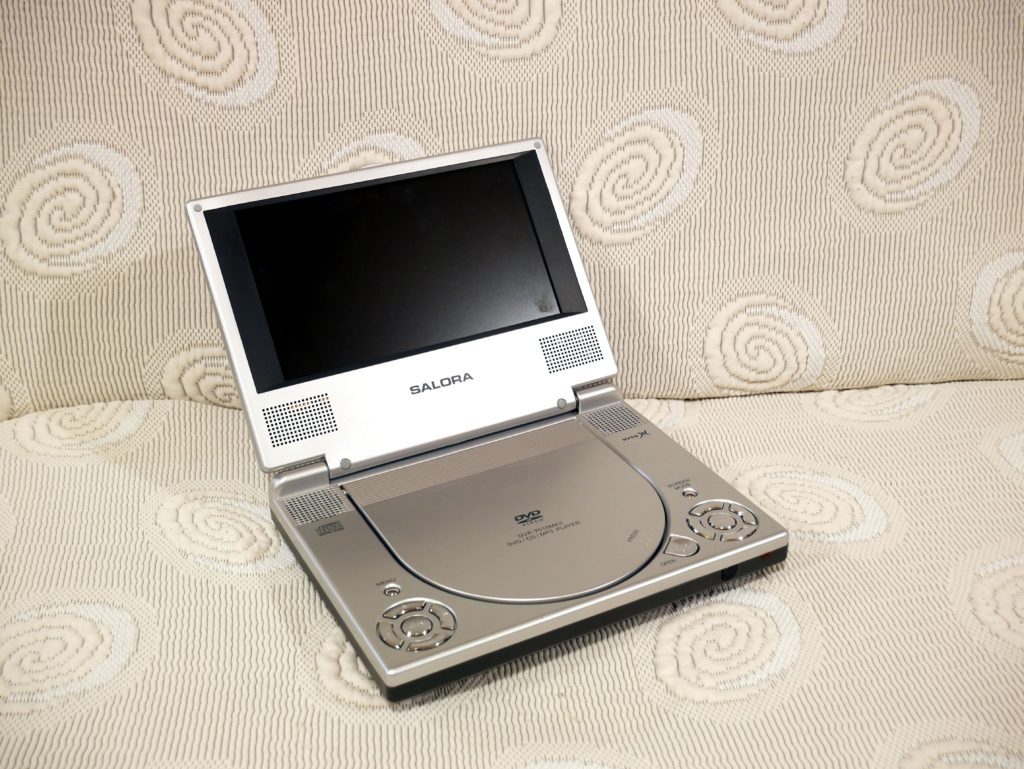
Portable DVD players kept passengers quiet during long car rides.
These devices emerged in the late 1990s and early 2000s as the solution to backseat boredom during family road trips. Portable DVD players offered hours of distraction through flip-down screens and headphone jacks. Streaming services and tablet computers eventually replaced these single-purpose devices, though the basic concept lives on in car entertainment systems and personal devices.
7. The Noisy Foundations of Modern Printing
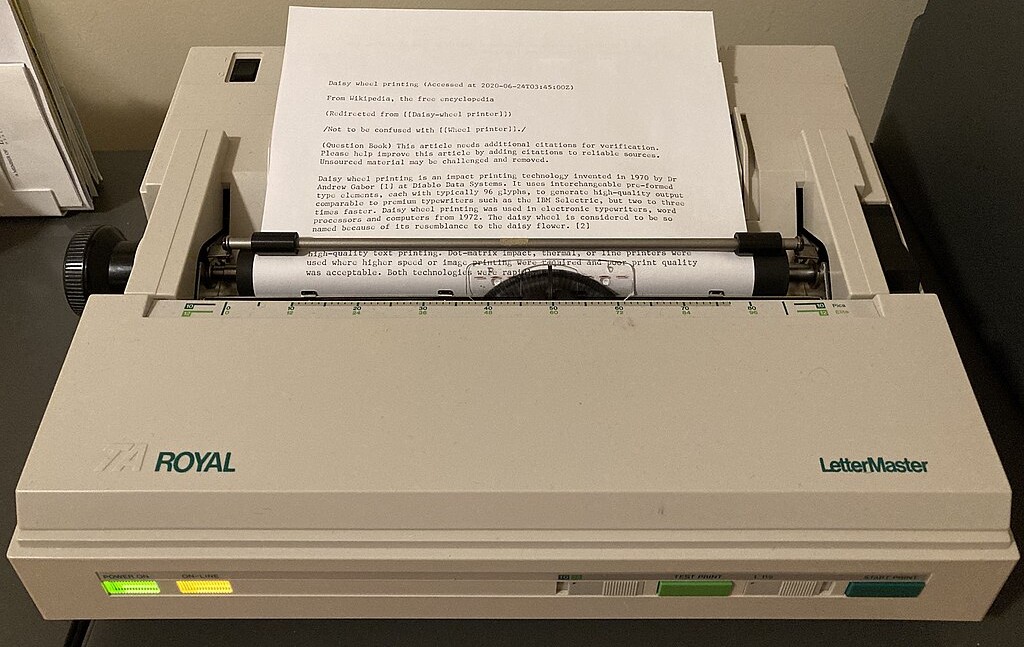
Dot matrix and daisy wheel printers hammered out documents with mechanical precision.
Before inkjet technology dominated offices, mechanical printers created documents through impact methods. Daisy wheel printers mimicked traditional typewriters with interchangeable character wheels, while dot matrix models used tiny pins to form letters and images. Both systems produced distinctive sounds that could wake entire office buildings, but they established the groundwork for today’s quiet, high-resolution printing.
6. Sony’s Premium Audio Format
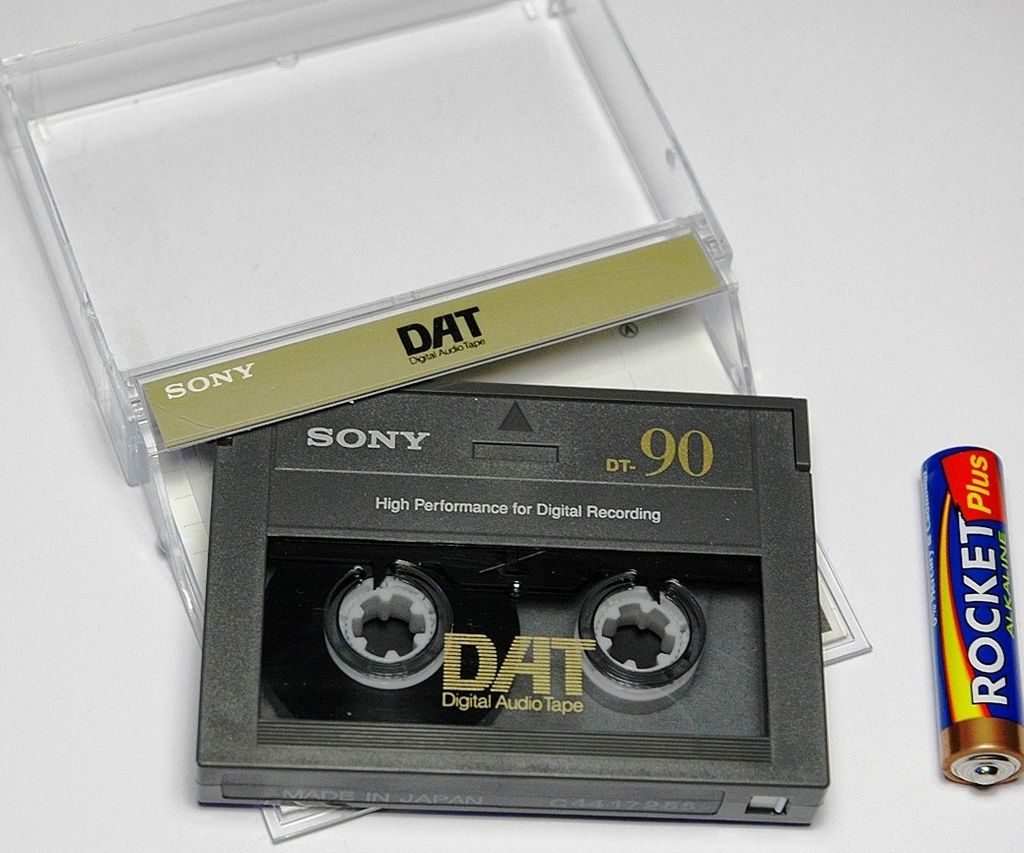
DAT tapes delivered studio-quality recording to consumers who could afford it.
Digital Audio Tape launched in 1987 as Sony’s answer to high-fidelity home recording. These compact cassettes captured audio with exceptional quality but carried premium pricing that limited adoption. Professional studios embraced the format, but consumer market penetration remained minimal as CD recording and digital audio workstations provided more accessible alternatives.
5. Professional Communication Before Cell Phones
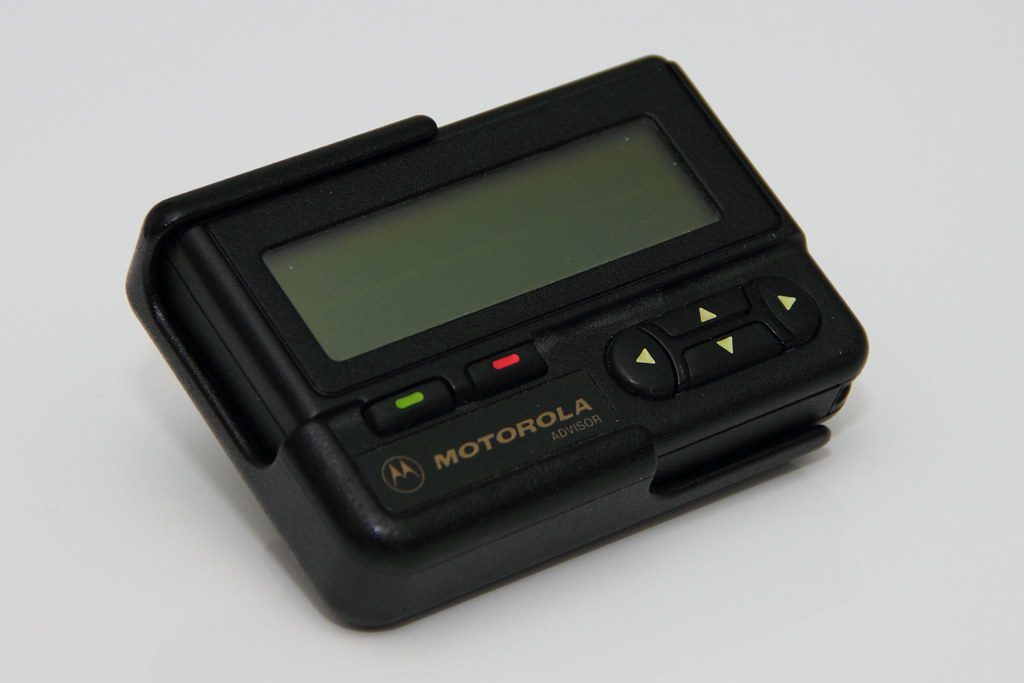
Pagers kept doctors, executives, and drug dealers connected.
Motorola introduced paging technology in 1959, creating a communication lifeline for professionals who needed constant availability. These small devices displayed callback numbers or simple text messages, enabling two-way communication through intermediary operators. Pagers dominated professional communication until cell phones became affordable and reliable enough to replace them entirely.
4. The Educational Workhorse
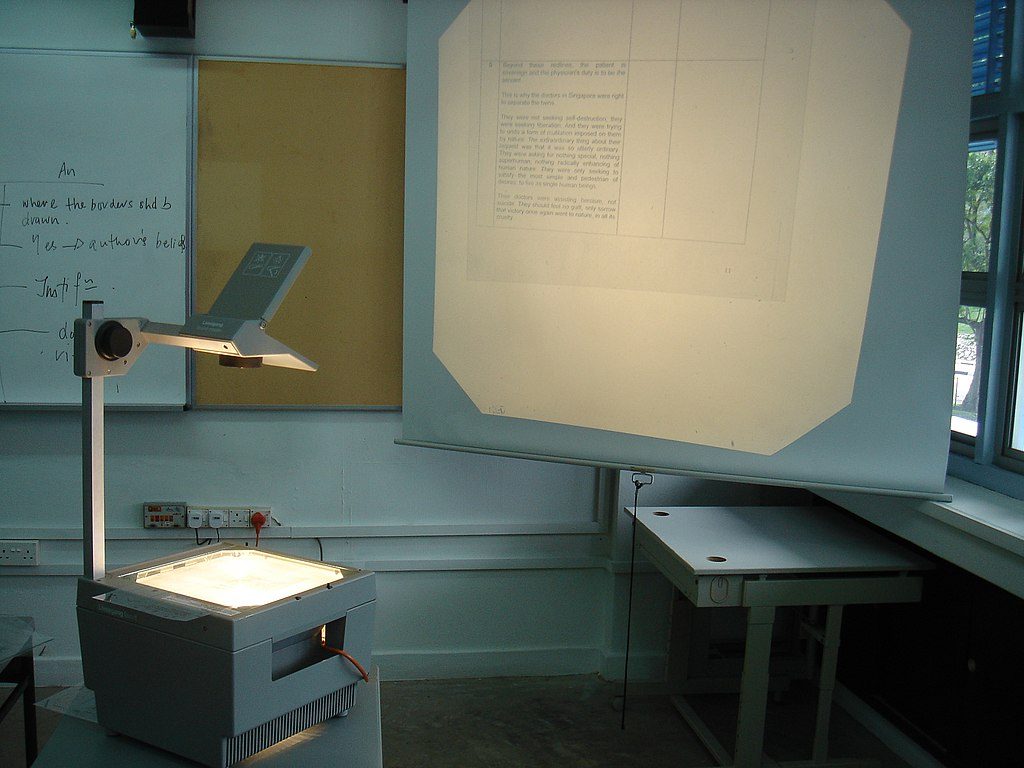
Overhead projectors illuminated classrooms for over a century.
These devices trace their origins to 19th-century optical principles but became educational staples throughout the 20th century. Teachers placed transparent sheets on illuminated surfaces, projecting images onto classroom screens or walls. PowerPoint presentations and smart boards eventually replaced overhead projectors, though many educators still remember the distinctive hum and occasional burnt transparency smell.
3. Robotics for the Living Room
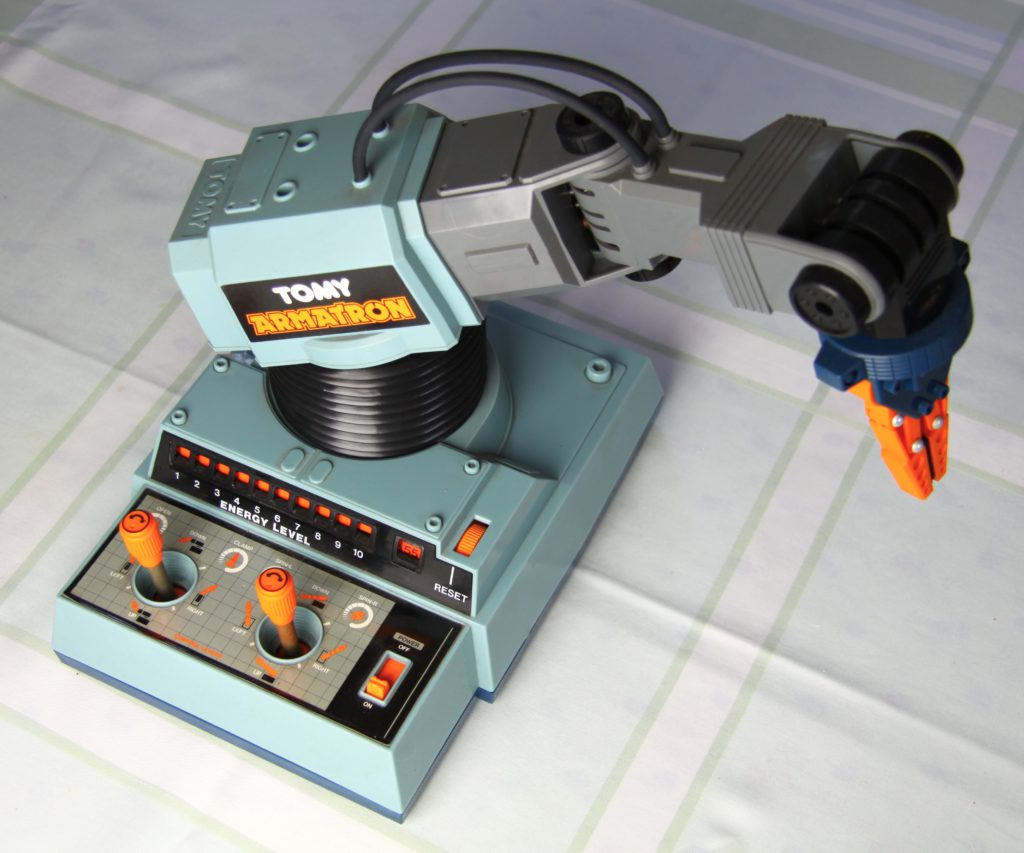
Tomy’s Armatron gave kids their first taste of robotic control.
This 1984 toy robotic arm featured joystick controls and surprising dexterity for picking up small objects. Tomy designed Armatron to spark interest in STEM fields while providing hours of entertainment through precision challenges. The toy remains a fondly remembered introduction to robotics concepts, decades before programmable robots became mainstream educational tools.
2. The Smartphone’s Humble Ancestors
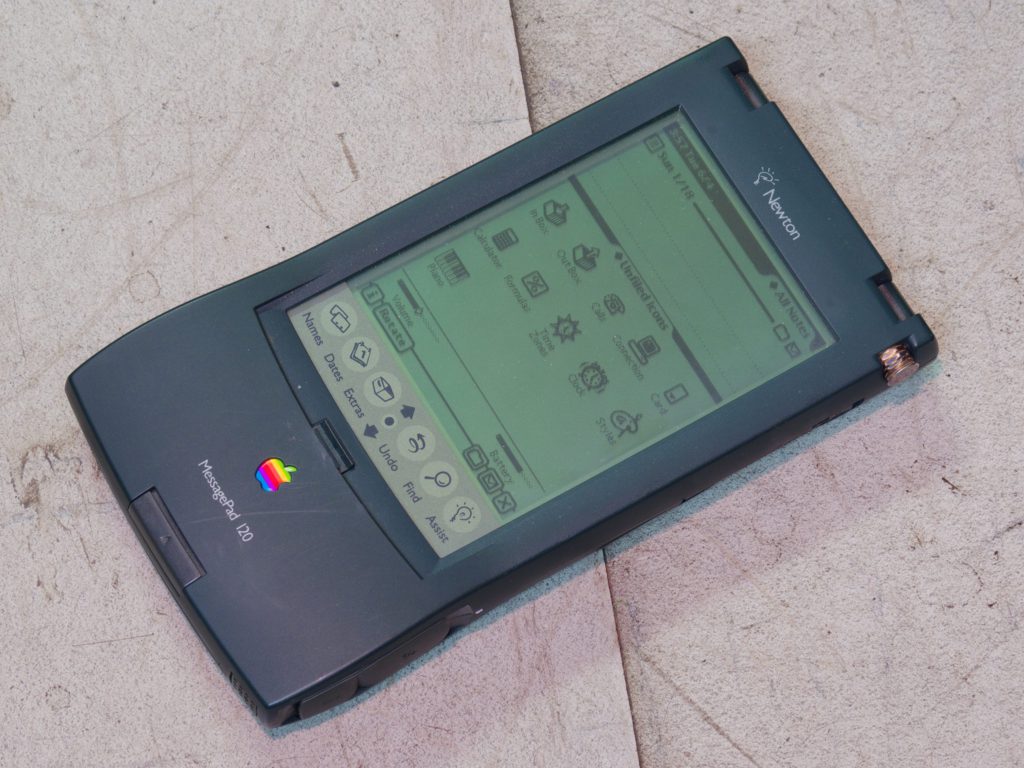
PDAs organized digital lives before phones got smart.
Personal Digital Assistants like the Palm Pilot and Apple Newton MessagePad managed contacts, calendars, and notes through early touchscreen interfaces. These devices introduced concepts like app ecosystems and stylus input that would later define smartphone interaction. Multifunctional phones eventually absorbed PDA capabilities, making dedicated organizers redundant but establishing the foundation for mobile computing.
1. Communication Hubs in Every Neighborhood
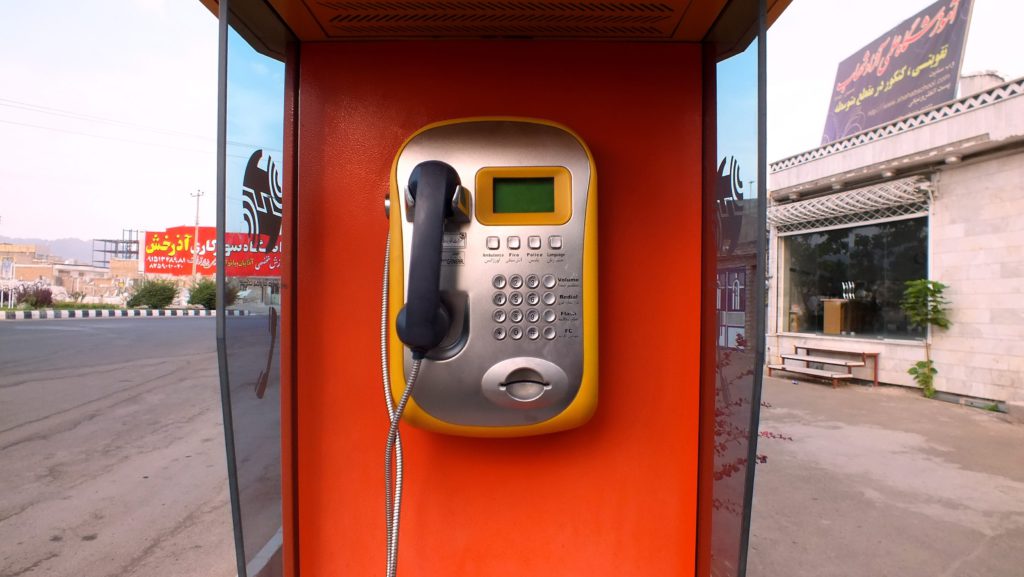
Phone booths connected people when landlines weren’t enough.
Public telephone booths originated in the 1880s as coin-operated communication lifelines for travelers and city dwellers. Britain’s iconic red telephone boxes became cultural symbols that outlasted their practical necessity. The mobile phone revolution gradually emptied these booths, though some survive as novelty items, Wi-Fi hotspots, or emergency communication points in remote areas.


